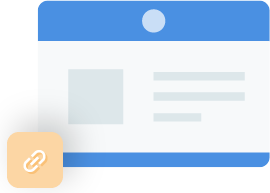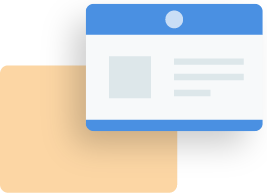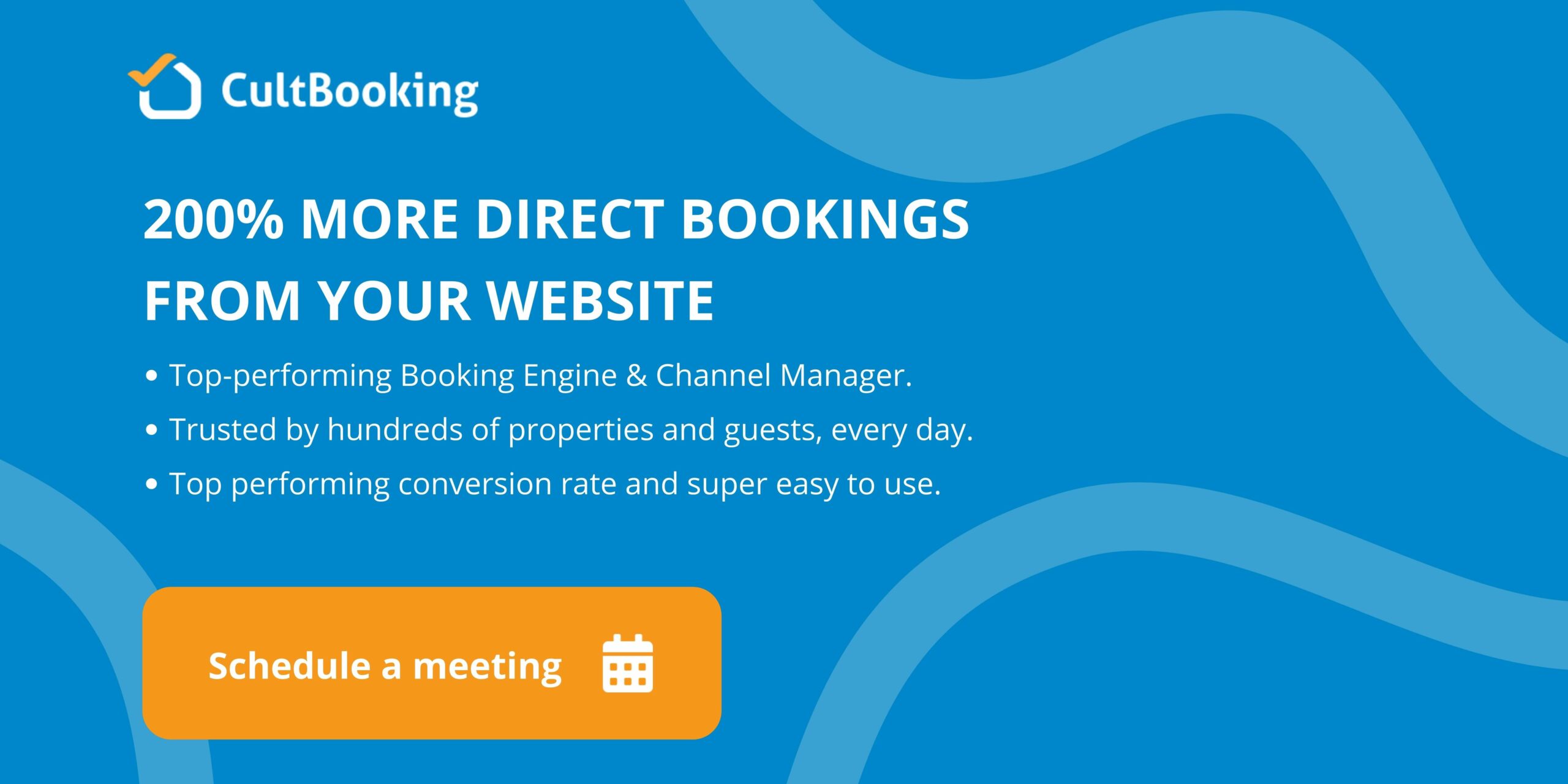Published on: 24 Aug 2022
How to Convert More Free Trial Users into Customers

Source: depositphotos.com
The median conversion rate for SaaS landing pages in 2021 was 3%. And while the 3.3% conversion rate from 2020 doesn’t seem that much higher, a closer look shows that the difference represents a (significant) 9% decrease in the ability of SaaS brands to convert new customers.
In other words, software-as-a-service organizations that want to remain solvent in 2022 will have to explore new ways of attracting and keeping new customers. One highly-effective approach to CR boosting would be to focus on getting new users to sign up for a free trial, then nurture them into loyal customers.
So, if you’re looking to convert more free trial users into customers, the following strategies are the tactics most likely to be worth your time.
Choose the Right Type of Free Trial
Before you start exploring any of the available strategies for converting free trial users, there’s one crucial decision you have to make (that will significantly impact your conversion rates).
You must choose the best type of free trial for your business.
Generally speaking, there are three possible options:
- The opt-in free trial.
- The opt-out free trial.
- The freemium model.
Generally, all of these business models offer benefits. However, you must understand their drawbacks — especially when making a decision that could make or break your entire business endeavor.
Opt-In vs. Opt-Out
For most businesses, the choice comes down to one of these two options, which is no surprise. Both the opt-in and opt-out free trial models offer exquisite benefits for brands and their customers.
However, there are genuine differences between these two options. And understanding which one to choose will depend on one of two factors:
- What is most likely to appeal to your audience.
- Your short-term and long-term business goals.
For example, if your audience consists mainly of casual users, then the only logical solution is to go with the opt-in free trial. This choice allows you to cast a wider net and establish your reputation as a dependable business so that you can slowly work towards becoming a go-to in your industry.
Going with the opt-in option is what Buffer does on its pricing page, where it clearly states that its 14-day free trial comes with a “No credit card required” and “Cancel anytime” guarantee. By choosing this direction, Buffer increases the number of people using its app and commits to boosting free trial to paid user conversions by investing in the onboarding process.

Source: buffer.com
However, if you’re targetting professional or advanced users whose workflows require a no-frills approach to solving their pain points, you can risk a lower initial conversion rate with an opt-out model.
Here, your objective won’t be to get as many free-trial sign-ups as possible. Instead, your ultimate goal will be to minimize churn rates and maximize customer loyalty through delivering a consistently exceptional user experience and continually coming up with new solutions your clients will find invaluable.
For an example of a brand that does precisely this, check out NordVPN. Their business model relies on establishing its trustworthiness, not just on acquiring as many leads as possible.

Source: nordvpn.com
Consider the Freemium Model
Although the freemium model isn’t always the go-to for brands looking to convert a large number of paid users, this choice can still be a solid approach for those companies trying to attract as large an audience as possible.
Evernote, for instance, offers a free plan, making it super easy for new users to try out the app. Note how there’s a 2-device limit, which provides a strong incentive for free users to upgrade to a paid plan.

Source: evernote.com
Alternatively, you might look up to businesses like Affinda, which have developed powerful AI-powered tools and allow audiences to try these tools free of charge.
As shown on their invoice extractor page there’s no need for new users to download an app or create an account, Affinda ensures an almost zero-objection trial period, making it highly likely that its target audience will give the paid version of its software a go.

Source: affinda.com
Lastly, as you look for strategies to secure the growth of your business, make sure that you don’t limit your chances of reaching success by putting your software behind a paywall.
Sometimes (especially if you’re still in the launch phase), something as simple as giving away free access to your tools will help you get your foot in the door and unlock a new market for you to conquer.
This is what UnscrableX does with its Anagram Solver. For this brand, the goal is to get as many people to use the app as possible, which provides it with valuable data about language processing, and allows it to use that data in the future to come up with next-level solutions guaranteed to solve advanced pain points.

Source: unscramblex.com
Create Price Points for All Your Buyer Personas
You’ve decided on the type of trial you will offer your target audience. Now, it’s time to start thinking about strategies that will help you convert free trial users into paid customers.
The first of these will be to ensure that your offer is genuinely relevant to your target audience.
If your products solve the pain points of several different buyer personas, make sure you employ personalization. After all, research from McKinsey discovered that 7 out of 10 people expect brands to deliver personalized experiences. Moreover, when companies personalize their offers, people are:
- 76% more likely to buy.
- 78% more likely to make repeat purchases.
- 78% more likely to recommend the brand to friends and family.
Something as elementary as creating multiple subscription plans, as done by Streak, will help every single one of your potential customers find the best value for money, encouraging them to convert, and ensure they’re happy with what they’re getting.

Source: streak.com
Or, if you want to take things to the next level, then it might not be a bad idea to explore advanced methods for personalizing your offer to get more people to convert into paid customers.
For an example of what you could do, check out GetSafe, a brand whose sign-up process includes an interactive survey that ensures every single prospect receives a relevant offer that’s 100% tailored to their needs.

Source: getsafe.com
Give New Users Time to Experience the Benefits for Themselves
There’s an abundance of available advice telling brands how long their free trials need to be to drive conversions.
But here’s the truth: It’s practically impossible for a third party to determine the perfect free trial length for your business.
Admittedly, there is scientific evidence that a 7-day free trial period works best for customer acquisition and retention. However, every brand (and its target) audience is unique.
This means that the perfect trial length will always be the one that allows your customers to experience the benefits you promise in your unique sales proposition.
So, when looking for strategies that will help you convert more free trial users into customers, try not to limit yourself to conventional time frames. Go with whatever you think will work best for your potential users.
Apple Music, for example, comes with a 3-month or 6-month free trial for all new Apple device users.

Source: applemusic.apple
Toast, on the other hand, doesn’t even offer a free trial. Instead, it invites potential customers to book a guided demo, which is more than enough to help them decide whether the service is the right choice for their needs.

Source: pos.toasttab.com
Improve the Onboarding Experience
One of the main contributors to an impressive free-trial-to-paid-user conversion rate is your onboarding process.
Essentially, the first few interactions your users have with your software solution determine the impression they form — not just of your brand but of your product’s ability to solve their pain points.
By optimizing the onboarding experience, you can effectively ensure your customers form a positive first impression about your company and are fully aware of the value they stand to receive by signing up for the paid version of your products.
There are multiple ways to impact the onboarding experience of new users. However, the following tips are what will help get the best results with the least amount of effort:
1. Practice Transparency [Text Wrapping Break]
Make it easy for potential customers to see how long the trial will last, how much they will be charged (and when), and how they can change their subscription preferences down the line.
Moreover, be transparent about how you use customer data, especially as one-third of consumers do not trust brands to protect their sensitive information.
2. Be Clear about What Customers Are (Or Aren’t) Getting by Signing Up
When attempting to convert new customers, ensure your value propositions don’t overpromise. Instead of going that route and allowing your audience to become disillusioned with your service, do your best to articulate what your free trial and paid service include.
For inspiration, check out how Ultimate Meal Plans provides sample shopping lists on its low carb landing page, knowing that this will help potential customers sign up based on concrete benefits, not just vague promises.

Source: ultimatemealplans.com
3. Offer Live Support
Most software products come with some sort of learning curve. And if it’s too steep, it can be guaranteed that new users won’t enjoy using the software and won’t convert at the end of the free trial period.
So, instead of allowing the advanced capabilities of your product to work against your conversion rates, ensure that you provide new prospects with the support they require. Whether this is delivered through live chat or email — as done by Canva — is entirely up to you. What matters is that every new user has the support and knowledge required to turn them into a (loyal) customer.

Source: gmail.com
4. Don’t Forget the Social Proof
Finally, if you wish to inspire free trial users to invest in the paid version of your app, it’s not a bad idea to nudge them towards conversion by employing social proof.
Use email to deliver user stories, case studies, and testimonials, as all of these can help your new leads discover new ways to use your products to solve their pain points.
Final Thoughts
No matter what type of free trial you offer prospective clients, you can rest assured that the strategies listed in this guide will help you achieve higher conversion rates. For a free trial with CultBooking, please use this registration link: https://admin.cultbooking.com/register It only takes 2 minutes to create an account.
Nonetheless, keep in mind that the only surefire way to achieve next-level results is to have a strong understanding of your audience, to be ready to make any necessary changes to your products, and, of course, to keep up with trends.
So, as you approach the objective of converting more free trial users into customers, don’t hesitate to experiment. Then, once you have a clear idea of what delivers the outcomes you’re after, you can start perfecting your approach and enjoying the results of all your hard work.


 info@cultbooking.com
info@cultbooking.com  0049 30 726225 0
0049 30 726225 0 
